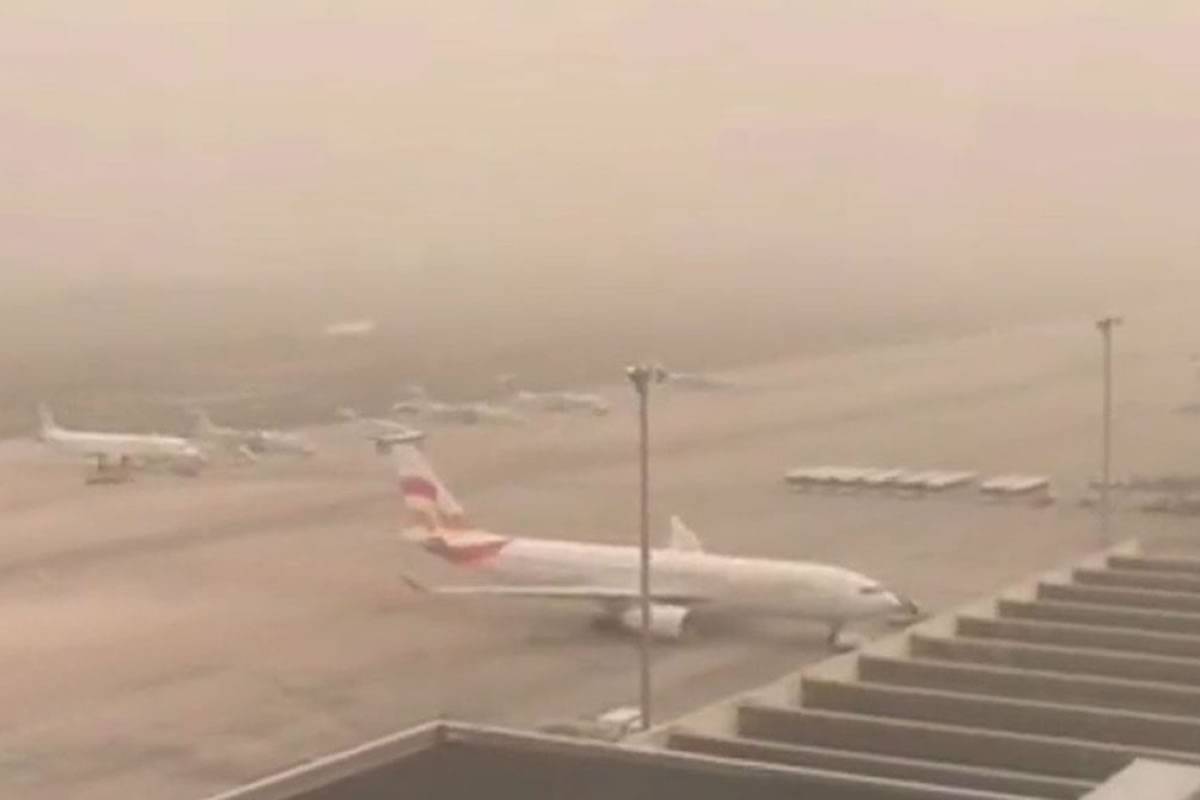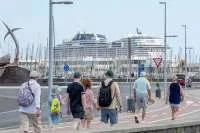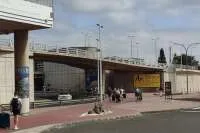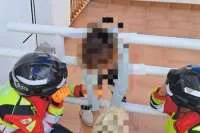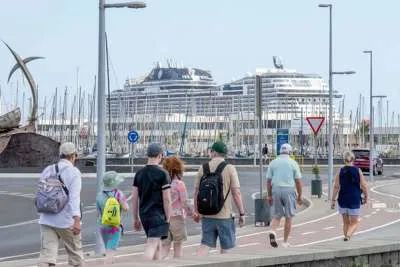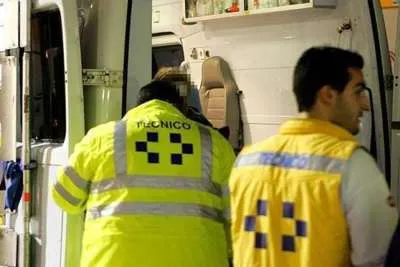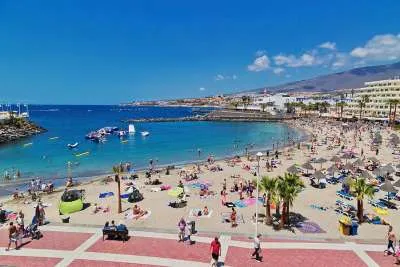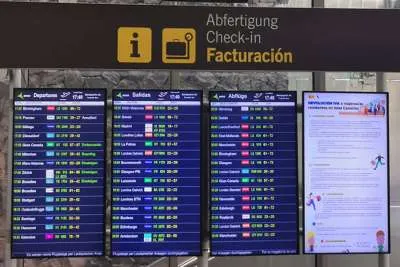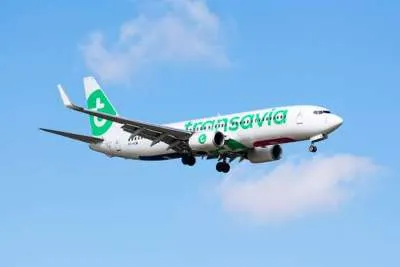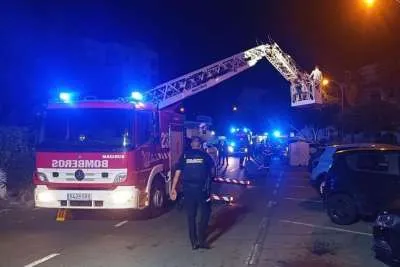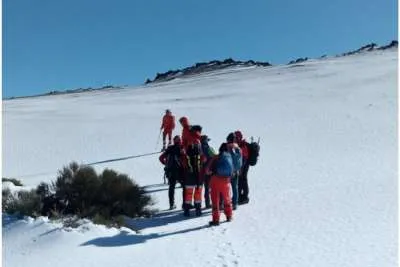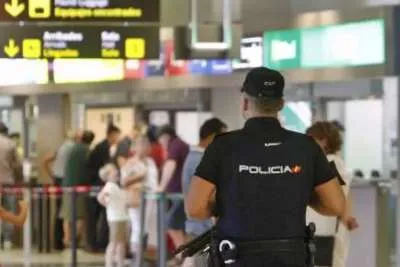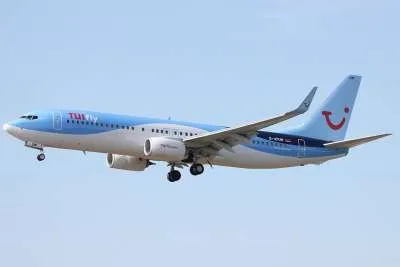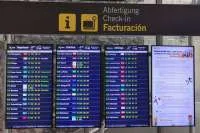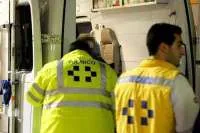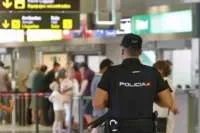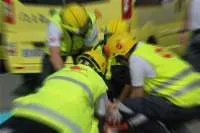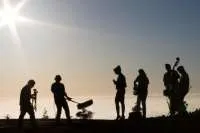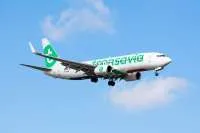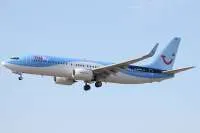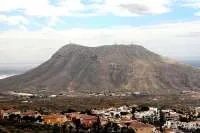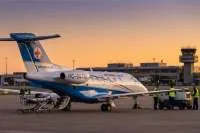How and why do calimas affect flights?
- 18-01-2022
- Lanzarote
- Canarian Weekly
Over the past few days, airline crews have faced a number of difficulties in operating into some of the Canary Islands airports due to poor visibility caused by a calima, which is a sandstorm from the Sahara. Most notably this has caused disruptions in Lanzarote and Fuerteventura and has led to a lot of social media speculation as to the reasons why.
Canarian Weekly was absolutely delighted when a retired commercial pilot contacted the office, offering to clear up some of the confusion. Steve Cummings is an ex-pilot and Captain with 25 years experience and over 13,000 flying hours to his name, who is now living in Lanzarote.
He is also experienced in flight calibration, which is checking the accuracy of instrument landing systems, radio navigation beacons, and radars, and flight tested the majority of the approaches and procedures in the Canaries a few years ago when everything was redesigned.
Here, he will try and explain the situation that pilots and crews sometimes find themselves in when operating into these tricky islands of ours.
Flying is more often than not a visual activity, the term “lookout” is drummed into every pilot from the first moment they step into an airplane in basic training. “Get your eyes out of the window”, “stop staring at the instruments” are well-worn phrases every instructor will use multiple times a day. Sure, the instruments are very clever and tell you everything you need to know, but when the weather’s good there’s no substitute for taking in the view and looking out for other traffic.
That of course changes in conditions such as we have just seen, with the “Calima” blowing Saharan sand across the water from Africa, we’ve experienced very low visibility with the dust followed by rain.
But don’t aircraft land themselves these days?”
The answer is yes, and no. Many aircraft, probably all of the major types you see around the Canaries will have that capability, but there’s also a requirement for the Instrument Landing System on the ground to be compatible. This is the case at many of the major European airports, such as Heathrow, Manchester, Paris, Frankfurt, etc, which all have multiple runways equipped with “auto-land” capable systems. But, not so in the Canaries, I’m afraid.
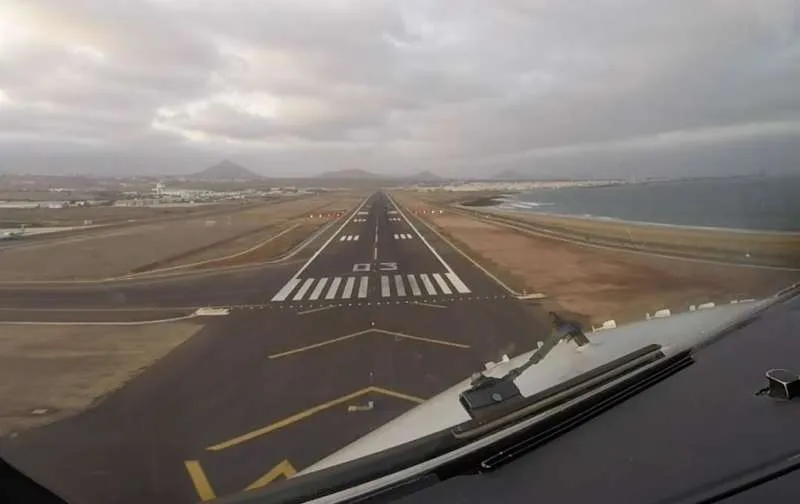
An Instrument Landing System comprises three parts, a transmitter that radiates an extended runway centreline, another that transmits the ideal descent angle, and a final one that displays the distance from touchdown. These are all combined into one instrument in the cockpit that gives us a “crosshairs” type of indication to fly down, commanding us left and right and up and down, to which the autopilot can be “coupled” to allow the aircraft to fly itself down the approach.
There are several categories of ILS ranging from “Cat 1” to “Cat 3”. A Cat 3 system will be accurate enough to allow aircraft to land in zero visibility with no input from the crew until it’s on the runway; these systems are expensive to install and to maintain, so in areas of the world where the “auto-land” capability is seldom required, airport operators tend to use a cheaper lower category of system.
Throughout the Canaries, the airports at Tenerife (North and South), Gran Canaria, Lanzarote, and Fuerteventura all have category 1 systems. In the case of Lanzarote it’s proximity to the sea and the rising terrain at the end of the runway, make it impossible to install a better system anyway.
What does this mean for us crew and you the travelling public?
It means that we have to deal with higher limitations on the approach, for example, whereas at Heathrow we can land in zero visibility, and with the cloud base at ground level, in the Canaries we need to be able to see the runway in order to land on it, for that reason we are given a strict legal limit in how low we can come down to without being “visual”.
At Canarian airports, this limit is generally between four and five hundred feet above the runway, which on a normal approach equates to approximately a mile and a half from touchdown. There is also a forward visibility limit ranging from 550 metres on Tenerife’s southwesterly runway to 1,600 metres on Lanzarote’s northeasterly. If the reported visibility is below these limits we aren’t even allowed to fly the approach and must either hold until it improves or divert to somewhere more suitable.
For the last two days, Lanzarote and Fuerteventura have been fluctuating up and down around these limits, aircraft have been flying the approach, not seeing the runway by the lowest allowed limit and “going around”. This can feel quite dramatic on the aircraft, but it's routine and something that we’re always prepared for.
Generally speaking, we’ll then hold for a while and try again. If we don’t “get in” on the second attempt we must, by law, divert to our “alternate airport”. To that end, at the planning stage of every day, we have to select an alternate landing airport that we know has a suitable weather forecast for the entire time that we might need it.
Due to the calima and lack of visibility, several aircraft were diverted to Las Palmas airport in Gran Canaria over the last few days, meaning a long day for the crew and passengers, and huge delays for those waiting for the return legs.
As the calima will only usually last for a few days, aircraft will divert which will be annoying for those affected but at the end of the day, flight safety is paramount regardless of the cost or the disruption.


